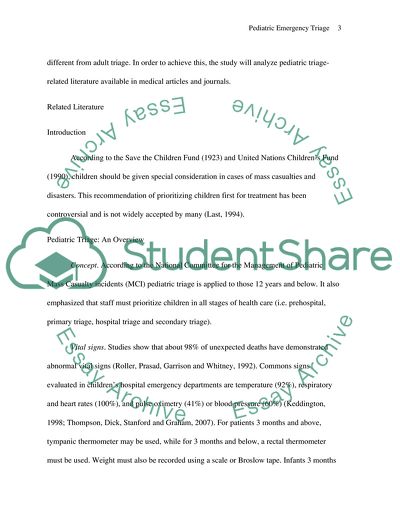Cite this document
(Pediatric Emergency Triage Dissertation Example | Topics and Well Written Essays - 2500 words, n.d.)
Pediatric Emergency Triage Dissertation Example | Topics and Well Written Essays - 2500 words. Retrieved from https://studentshare.org/nursing/1730401-emergency-medicine-triage
Pediatric Emergency Triage Dissertation Example | Topics and Well Written Essays - 2500 words. Retrieved from https://studentshare.org/nursing/1730401-emergency-medicine-triage
(Pediatric Emergency Triage Dissertation Example | Topics and Well Written Essays - 2500 Words)
Pediatric Emergency Triage Dissertation Example | Topics and Well Written Essays - 2500 Words. https://studentshare.org/nursing/1730401-emergency-medicine-triage.
Pediatric Emergency Triage Dissertation Example | Topics and Well Written Essays - 2500 Words. https://studentshare.org/nursing/1730401-emergency-medicine-triage.
“Pediatric Emergency Triage Dissertation Example | Topics and Well Written Essays - 2500 Words”, n.d. https://studentshare.org/nursing/1730401-emergency-medicine-triage.


